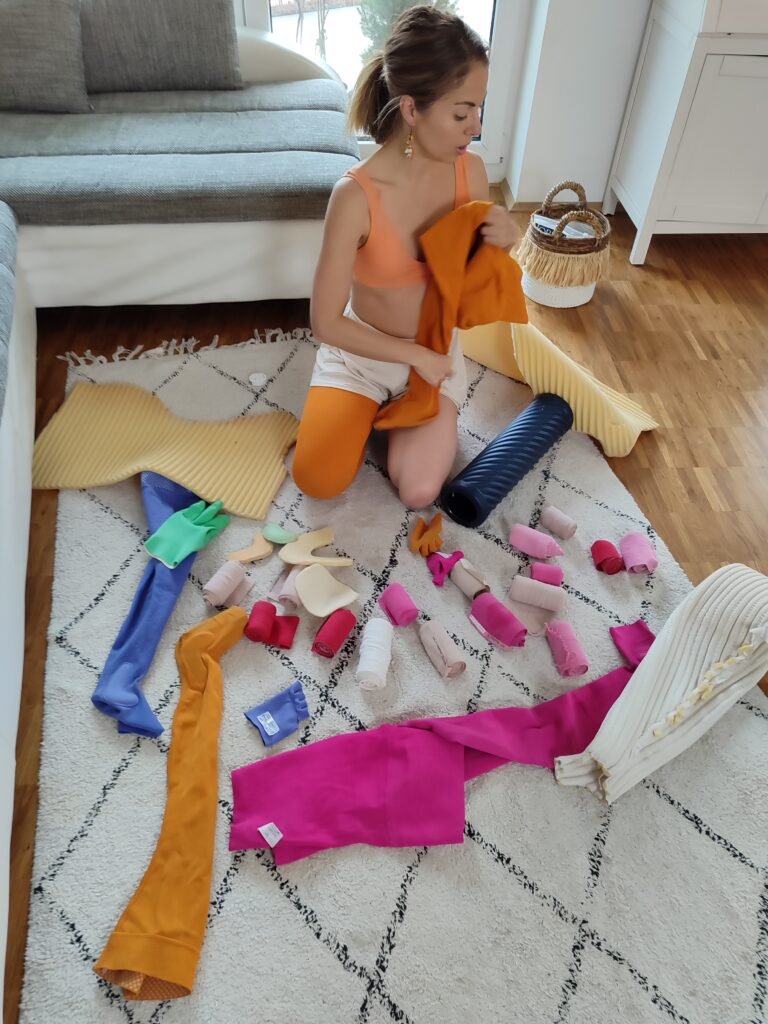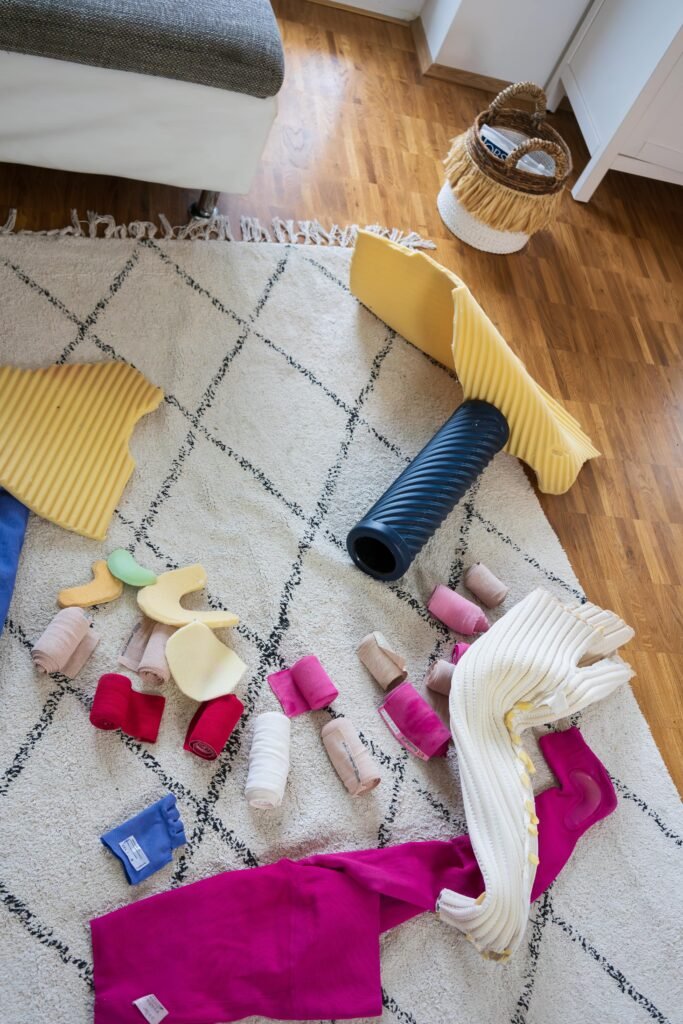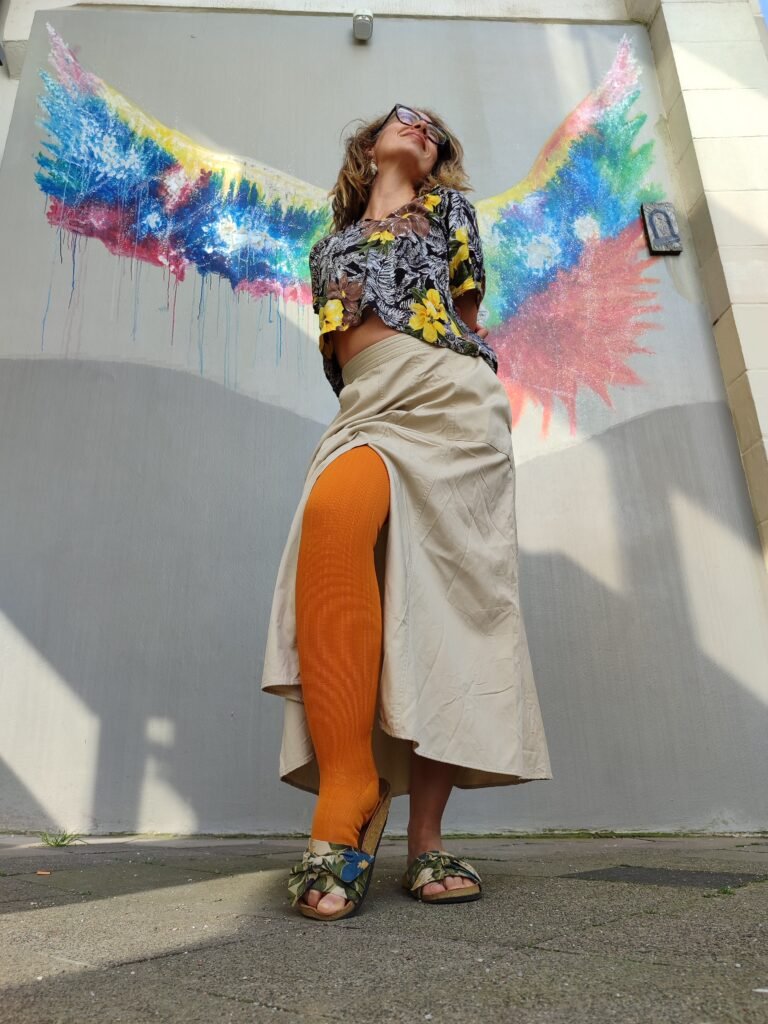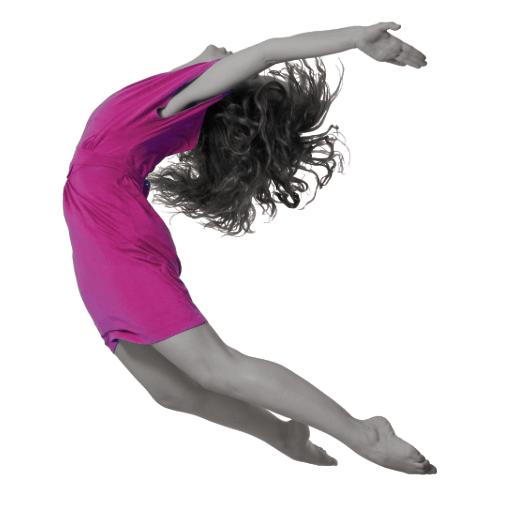Lymphedema, and now what?
Just diagnosed with lymphedema and now what do I do?
Many of us when we were first diagnosed with lymphedema found ourselves confused, overwhelmed and hopeless by the news. The lack of information from healthcare professionals, the failure to understand the impact of this disorder not only physically but also mentally and emotionally, and the difficulty in receiving proper treatment contribute to a great sense of uncertainty. And we ask ourselves, “And now what?”
Lymphedema is a chronic and progressive disease that currently has no cure. However, it’s important to know that you can manage it by preventing it from worsening and alleviating the symptoms.
If you have recently been diagnosed with lymphedema or know someone close who has received this news, I invite you to continue reading this article and share it with them and with healthcare professionals to learn how to manage this disorder that affects more than 250 million people worldwide.

My Story…
I remember very well how and when the swelling started. It was a July night. I had gone to Spain for vacation, and after going out with some friends, I noticed my right ankle was swollen when I got home. I didn’t think much of it; I thought it might be the heat or the heels. By morning, my foot had returned to its normal state, and it remained that way until the end of the vacation when I returned to my place of residence in Germany.
I went from specialist to specialist. They thought it could be cancer, and then I was misdiagnosed with a circulatory problem, prescribed inadequate stockings that worsened my swelling. It wasn’t until almost a year later that they reached the diagnosis: Primary Lymphedema.
I didn’t understand anything. I was a professional dancer with healthy habits – I didn’t smoke or drink alcohol, exercised, and maintained a healthy weight. So, what could I do now?
The doctor prescribed medical compression stockings and told me to accept that it would get worse, that I would have to change jobs, and that there was nothing I could do. I was in shock; I couldn’t believe it. They mentioned the option of surgery, which reminded me of when I tore my ACL during rehearsal. They also recommended surgery, but I decided to follow my instincts and undergo an intensive 4-week rehabilitation that worked. Could there be something like that for lymphedema?
After my first battle with health insurance to cover the cost of the stockings – over a thousand euros! – I started searching for information online and found many photos of people with elephantiasis. Photos that exacerbated my anxiety, anguish, fears, and sense of loneliness.
I decided to join Facebook groups for lymphedema patients like Lymphie Strong and Lymphedema Support group, and I began to see a light. I connected with thousands of people around the world who were in my situation and learned from their experience living with this disorder for years. I was no longer alone in this. Thanks to the recommendations of this group, I decided to try my first intensive rehabilitation therapy at the Földi Clinic, a lymphology specialist clinic in southern Germany and a global reference where I learned to treat myself holistically.

Multidisciplinary Treatment
Lymphedema affects us physically, mentally, emotionally, and socially. Therefore, it’s not enough to only address the medical aspects but also those that impact the daily lives of people with this disorder.

Complex Physical Decongestive Therapy (CDT):
Developed by the German Dr. Michael Földi, it consists of two phases and combines different treatments:
Benefits:
Phase I – Reducing volume
Phase I is known as the reducing, active, and intensive phase.
Its main objective is the decongestion of the affected limbs, that is, reducing their volume and improving the skin condition.
To achieve this, the specialist will:
Phase II – Maintain volume
It is the maintenance phase.
Its goal is to maintain the results achieved in phase I.
To keep lymphedema under control, it is recommended to:

The Benefits of Yoga as Complementary Therapy in Lymphedema Treatment
Physical and mental health:
Yoga postures and breathing exercises stimulate lymphatic drainage, strengthen the immune system, and promote mental health. Stress significantly worsens edema. Meditation and yogic relaxation techniques help us find that sense of calm and tranquility so necessary for our overall well-being.
Emotional and social:
Regular practice of this discipline strengthens our self-esteem and confidence. Seeing our progress and being aware of our thoughts, body image, relationship with ourselves, and social relationships improve. Moreover, according to scientific studies, moving releases the happiness hormones serotonin and dopamine, increasing our good mood and decreasing levels of stress and anxiety.

Lifestyle:
Yoga is not only a practice on your mat but also beyond it. This ancient philosophy is a great tool for introspection and helps you lead a healthy lifestyle by consciously making changes in attitudes, habits, and thoughts. Changes in diet, exercise and sleep routines, avoiding addictive substances like tobacco, etc.
Mindset:
Faced with a chronic illness or any other difficulty, you may feel like the world is collapsing around you and lack the strength to overcome the obstacle. But you may also see it in a more positive light as a great opportunity for growth. It all depends on your mindset.
Yoga and meditation develop the capacity for observation and self-knowledge, which are key in any process of change. Also in changing your mindset, promoting positive thoughts, and feeling calmer and happier.
Challenge to Practice
If you want to try yoga as a complementary method in lymphedema treatment, I invite you to join start the free “Mindset Mastery” a 10-day challenge with various practices to empower yourself.
Free Recources
Mindset Mastery
Join my 10 day challenge and discover the 10 mindset shifts for successfully managing your Lymphedema. I encourage you to reclaim your mental and emotional health, and feel like you can achieve ANYthing you want in life!
And you, how and when did the symptoms of your lymphedema appear?




